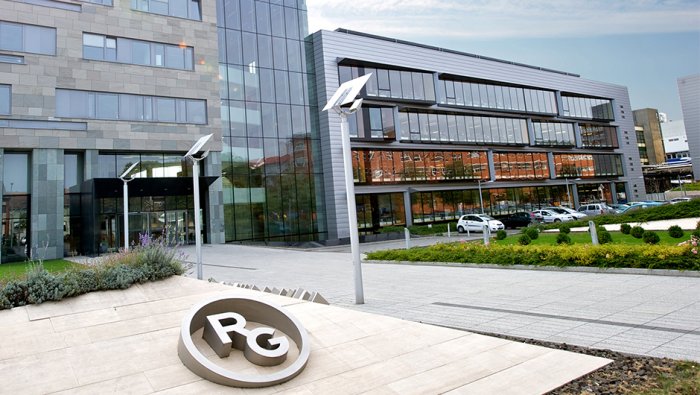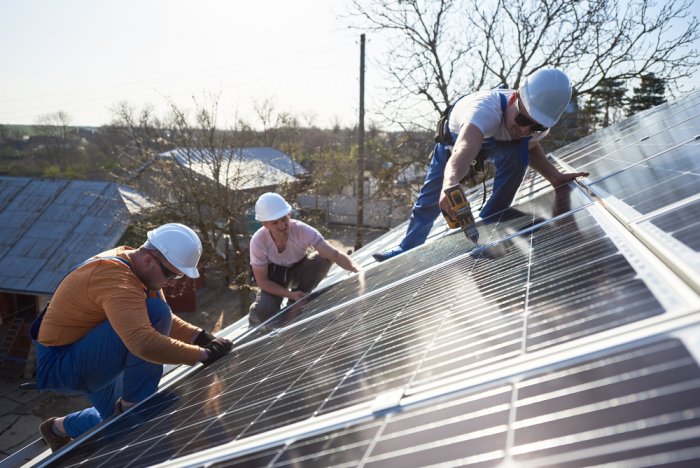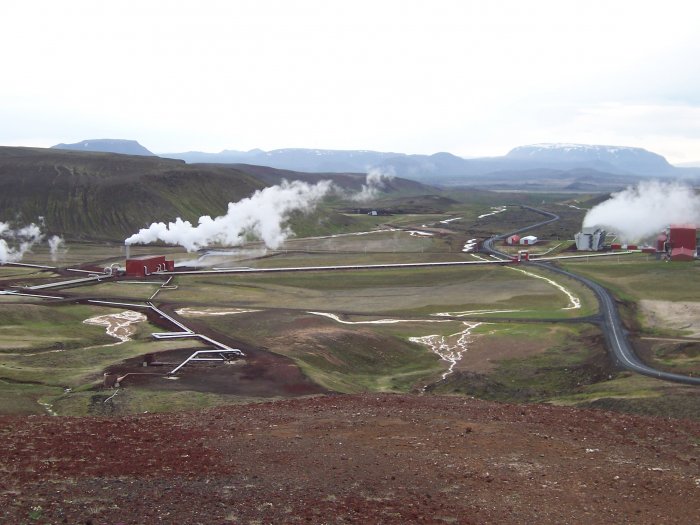Energy Imports Likely to Remain Part of Hungary’s Future

The Budapest Business Journal talks to the researcher behind a major new study into the future of Hungary’s energy markets.
András Mezősi
The share of net electricity imports in Hungary is very high, averaging 32% in the past six years. The country also has a strong network of interconnectors; the import capacity corresponds to 55% of the total domestic installed power plant capacity.
A recent analysis by the Regional Center for Energy Policy Research (REKK), which also served as a background study for the new National Energy Strategy set to come out this fall, looks at whether high net import rates could lead to issues in the future security of supply.
Another central element of the study assessed the impact of the expected closure of domestic power plant capacities on the wholesale electricity market in the next decade.
When it comes to setting a future path, or defining an ideal energy mix, where you start from is crucial. To generate electricity, beyond nuclear energy, Hungary still relies on natural gas and coal. And yet unlike Poland, Hungary does not have a lot of coal, nor can it rely on hydropower plants as Austria or some countries in the Balkans do. It is often cheaper to import gas and electricity than generate it here.
On a brighter note, the country is very open and well connected: pipelines and powerlines from nearly every direction make importing energy reasonable. No wonder that the share of import in electricity generation has been around 30-32% in the past few years.
Meeting Demand
What lies behind the high ratio is often price considerations rather than actual demand; studies looking at this question found that even when consumption peaks there is sufficient electricity to cover demand. All this makes it hard to decrease the country’s exposure to imports, and it is not even sure that it should.
The latest REKK study, which looked at electricity demand and supply in Hungary until 2030, posed six different scenarios to answer above questions. It also analyzed the evolution of wholesale electricity prices, the need for renewables support, the evolution of natural gas use, and quantified various security of supply indicators.
“The major takeaway is that there will be no security of supply issues by 2030, and there will always be enough electricity to cover needs,” András Mezősi, head of the research told the BBJ.
With the imports, there is sufficient energy to meet demand. What may be of concern, though, is whether there will be enough flexibility in the system to balance out fluctuations.
As the ratio of weather-dependent renewable energy sources increases, there is a growing need for flexible capacities able to balance changing production. Currently, gas-fired plants are used for such balancing purposes in Hungary, and most of those are quite old.
“In the mid-2020s, we see some gaps”, Mezősi says adding that in the next two-to-four years there is no need to renovate these gas plants, but across a longer time horizon that will become the case.
Capacity Mechanism
The capacity mechanism, a system where the construction of capacities is subsidized, could provide a solution to this issue of building new capacities, and not only in Hungary, but also elsewhere in Europe.
The European Union, however, doesn’t back the implementation of such mechanisms, being a supporter of energy-only markets. Still, there are several examples for capacity mechanisms (present in some form or other in 12 EU member states), including the United Kingdom.
In the various power plant scenarios, the modeled net import ratio in 2030 initially shows large variations. In two scenarios where both of the additional Paks nuclear power blocks have been built by 2030, Hungary will become a net exporter, while in the other four scenarios, net imports will be around 20%.
However, that net exporter position in the first two scenarios is only temporary; by the mid-2030s, the net import ratio will be similar to that in the other scenarios.
Domestic wholesale electricity prices will continue to rise, mainly due to rising carbon and natural gas prices, reaching around EUR 70/MWh by 2030, the study says. However, there is no significant difference in wholesale electricity prices between the scenarios, even in 2030, as the price-setting marginal power plant will be gas-fired units for all scenarios.
In order to provide consumers with electricity at competitive prices in the long-term, new cross-border interconnections will need to be built, in particular towards Slovakia and Austria, the study finds.
These two countries are also important because both the analysis of past data and modeling results looking forwards show that they have sufficient production capacity, even in the long run. Thus, the extension of these lines can greatly increase the security of supply.
SUPPORT THE BUDAPEST BUSINESS JOURNAL
Producing journalism that is worthy of the name is a costly business. For 27 years, the publishers, editors and reporters of the Budapest Business Journal have striven to bring you business news that works, information that you can trust, that is factual, accurate and presented without fear or favor.
Newspaper organizations across the globe have struggled to find a business model that allows them to continue to excel, without compromising their ability to perform. Most recently, some have experimented with the idea of involving their most important stakeholders, their readers.
We would like to offer that same opportunity to our readers. We would like to invite you to help us deliver the quality business journalism you require. Hit our Support the BBJ button and you can choose the how much and how often you send us your contributions.








